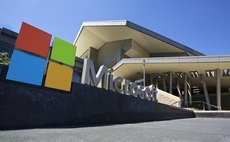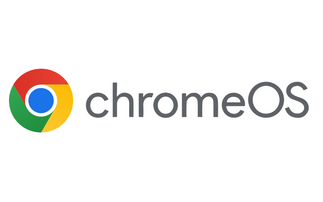Microsoft provides more information about upgrading to Windows 10 - but not why they're giving it away
A formal upgrade to Windows 10 will require less than 3GB of RAM and take up less disk space than Windows 8. Installing it will take "about an hour", according to Microsoft, while newer devices oug...
To continue reading this article...
Join Computing
- Unlimited access to real-time news, analysis and opinion from the technology industry
- Receive important and breaking news in our daily newsletter
- Be the first to hear about our events and awards programmes
- Join live member only interviews with IT leaders at the ‘IT Lounge’; your chance to ask your burning tech questions and have them answered
- Access to the Computing Delta hub providing market intelligence and research
- Receive our members-only newsletter with exclusive opinion pieces from senior IT Leaders



















